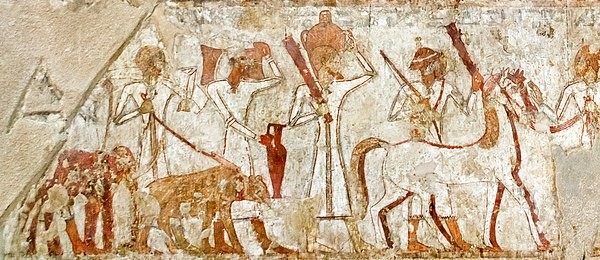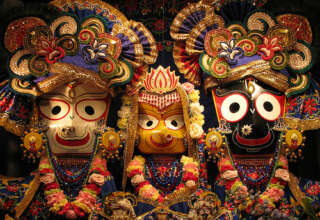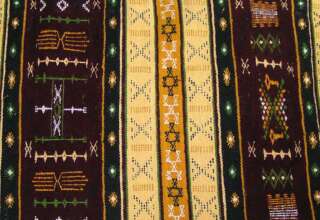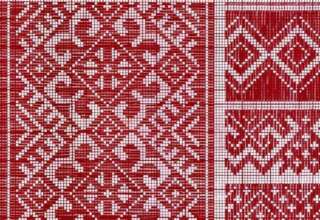
Demographics
Egypt is the most populated country in the Arab world and the third most populous on the African continent, with about 95 million inhabitants as of 2017. Its population grew rapidly from 1970 to 2010 due to medical advances and increases in agricultural productivity[242] enabled by the Green Revolution. Egypt’s population was estimated at 3 million when Napoleon invaded the country in 1798.[ The great majority of its people live near the banks of the Nile River, an area of about 40,000 square kilometres (15,000 sq mi), where the only arable land is found. The large regions of the Sahara desert, which constitute most of Egypt’s territory, are sparsely inhabited. About 43% of Egypt’s residents live across the country’s urban areas, with most spread across the densely populated centres of greater Cairo, Alexandria and other major cities in the Nile Delta.
Egypt’s people are highly urbanised, being concentrated along the Nile (notably Cairo and Alexandria), in the Delta and near the Suez Canal. Egyptians are divided demographically into those who live in the major urban centres and the fellahin, or farmers, that reside in rural villages. The total inhabited area constitutes only 77,041 km², putting the physiological density at over 1,200 people per km2, similar to Bangladesh.
Ethnic groups
Ethnic Egyptians are by far the largest ethnic group in the country, constituting 99.7% of the total population. Ethnic minorities include the Abazas, Turks, Greeks, Bedouin Arab tribes living in the eastern deserts and the Sinai Peninsula, the Berber-speaking Siwis (Amazigh) of the Siwa Oasis, and the Nubian communities clustered along the Nile. There are also tribal Beja communities concentrated in the southeasternmost corner of the country, and a number of Dom clans mostly in the Nile Delta and Faiyum who are progressively becoming assimilated as urbanisation increases.
Religion and Law
Islam is the state religion of Egypt, and the country has the largest Muslim population in the Arab world and the world’s sixth largest Muslim population, accounting for five percent of all Muslims worldwide. Egypt also has the largest Christian population in the Middle East and North Africa.[255] Official data about religion is lacking due to social and political sensitivities.[256] An estimated 85–90% are identified as Muslim, 10–15% as Coptic Christians, and 1% as other Christian denominations; other estimates place the Christian population as high as 15–20%.
Egypt was an early and leading centre of Christianity into late antiquity; the Coptic Orthodox Church of Alexandria was founded in the first century and remains the largest church in the country. With the arrival of Islam in the seventh century, the country was gradually Islamised into a majority-Muslim country. Egypt emerged as a centre of politics and culture in the Muslim world. Under Anwar Sadat, Islam became the official state religion and Sharia the main source of law. Of the Christian population in Egypt over 90% belong to the native Coptic Orthodox Church of Alexandria, an Oriental Orthodox Christian Church. Other native Egyptian Christians are adherents of the Coptic Catholic Church, the Evangelical Church of Egypt and various other Protestant denominations.






